For artists seeking to transcend conventional boundaries, the quest for creative methods is both challenging and exhilarating. This journey into uncharted artistic terrain unravels the tapestry of techniques that bolster innovation and elevate artistic expression. In exploring the myriad of creative methods for artists, this article delves into the heart of artistic ingenuity, from the germination of ideas to the intricacies of the creative process. We discover the myriad techniques used in both arts painting and drawing, and unveil effective art processes and artistic techniques that every artist should internalize. Understanding how to nurture one’s creative spark not only enhances the artists’ personal journey but also opens up avenues for selling their art. Through a comprehensive examination of these creative processes and methods, artists can harness their imagination, unleashing creativity across all forms of artistic endeavor. This article promises to be a pivotal guide, shedding light on both the underlying theories and pragmatic strategies essential for artistic success in today’s dynamic landscape.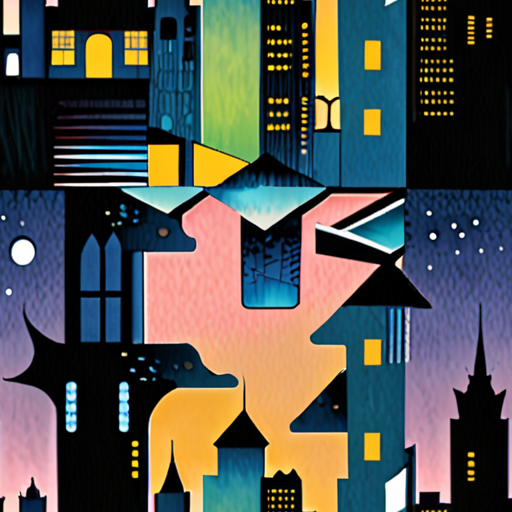
Generating Creative Ideas as an Artist
I often find myself wondering how artists come up with their brilliant ideas.
- For me, it starts with observing the world around me – people, nature, architecture, and even everyday objects.
- I also draw inspiration from my own experiences, emotions, and thoughts.
- Researching and gathering reference images, reading books, and watching documentaries can spark new ideas and perspectives.
- Practicing drawing and experimenting with different mediums helps me develop my skills and explore new styles.
- Brainstorming sessions with fellow artists or joining online communities can foster collaboration and idea-sharing.
- Visiting galleries and exhibitions exposes me to diverse art forms, techniques, and styles, which can stimulate my creativity.
- Maintaining a journal or sketchbook allows me to record my thoughts, observations, and ideas, helping me reflect and grow as an artist.
- Exploring different cultures, histories, and mythologies can provide rich sources of inspiration and symbolism.
- Engaging with social media platforms and online forums can connect me with a global community of artists, sharing knowledge, and learning from others.
- Setting aside dedicated time for self-reflection, meditation, and relaxation can help me tap into my subconscious mind and access new ideas.
As I continue to nurture my creativity, I realize that generating ideas is a continuous process that requires patience, curiosity, and dedication.
By embracing these habits and staying open to new experiences, I’m able to cultivate a rich source of inspiration and bring my artistic vision to life.
At Artfull Journey , we believe that creativity knows no bounds, and we’re committed to providing a supportive community for artists to share their ideas and grow together.
Techniques Used in Creative Arts
As an artist, I’m constantly exploring new ways to express myself and bring my ideas to life.
- Drawing: A fundamental technique that involves creating images using various tools and mediums, such as pencils, charcoal, ink, and paint.
- Painting: A versatile medium that allows me to experiment with colors, textures, and styles to convey emotions and tell stories.
- Sculpture: A three-dimensional art form that enables me to shape and mold materials like clay, stone, wood, and metal into unique creations.
- Printmaking: A process that involves transferring images onto paper or fabric using techniques like etching, lithography, and screen printing.
- Photography: A modern medium that captures reality and allows me to manipulate light, composition, and perspective to create stunning visuals.
In addition to these traditional techniques, I also enjoy experimenting with digital art software, collage, and mixed media to push the boundaries of creativity.
Exploring New Methods and Materials
I believe that art is a continuous journey of discovery, and there’s always room to learn and grow.
- Tutorials and Workshops: I regularly attend classes and workshops to hone my skills and stay updated on the latest techniques and trends.
- Online Resources: Websites like Skillshare, Craftsy, and YouTube offer a wealth of knowledge and inspiration for artists of all levels.
- Art Communities: Joining online forums and social media groups connects me with fellow artists, allowing us to share our work, receive feedback, and learn from each other.
Staying Inspired and Motivated
To maintain my creative spark, I make it a point to explore new sources of inspiration, whether it’s nature, architecture, music, or literature.
- Nature Walks: Taking walks in parks or forests helps me clear my mind and observe the beauty of the world around me.
- Museum Visits: Exploring museums and galleries exposes me to a wide range of artistic styles and movements, sparking new ideas and perspectives.
- Reading and Research: Delving into books, articles, and documentaries on art history, theory, and criticism keeps me informed and inspired.
By embracing these techniques, methods, and inspirations, I continue to grow as an artist and push the boundaries of what’s possible in the world of creative arts.
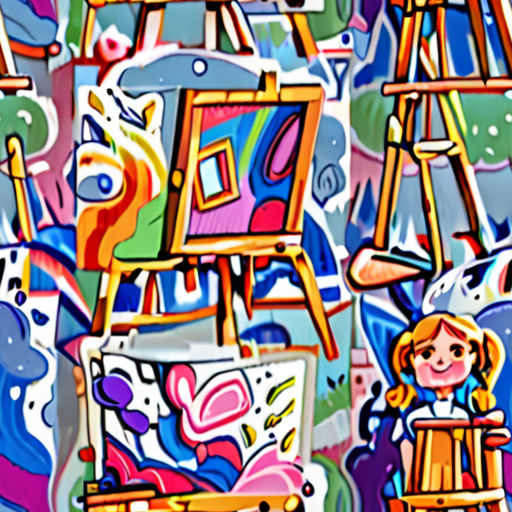
What Are Creative Practices?
Creative practices refer to the methods and approaches individuals employ to express themselves, convey complex ideas, and share intangible information.
- These practices encompass a broad spectrum of activities, including art-making, writing, music, dance, and other forms of self-expression.
- Creative practices enable individuals to tap into their imagination, explore new ideas, and develop innovative solutions to problems.
The Role of Creative Practices in Research and Co-Creation
Creative practices play a vital role in research and co-creation by facilitating collaboration, fostering empathy, and encouraging open communication.
- By leveraging creative practices, researchers can gather rich, qualitative data that provides deeper insights into complex issues.
- Creative practices also enable researchers to engage with participants in a more meaningful way, building trust and rapport essential for effective co-creation.
Examples of Creative Practices
Some examples of creative practices include:
- Taking photographs or videos to capture moments and emotions
- Writing poetry or short stories to convey personal experiences
- Creating digital art or graphics to visualize ideas
- Developing interactive installations or performances to engage audiences
Benefits of Engaging in Creative Practices
Engaging in creative practices has numerous benefits, including:
- Improved cognitive function and problem-solving skills
- Enhanced creativity and innovation
- Better emotional regulation and well-being
- Increased confidence and self-esteem
Conclusion
Creative practices offer a powerful tool for self-expression, collaboration, and innovation. By embracing these practices, individuals can unlock their full potential, foster meaningful connections, and drive positive change in the world.
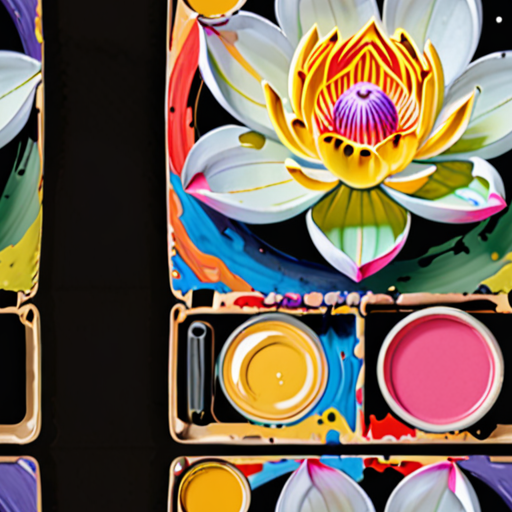
The Artist’s Creative Process
As an artist, I’ve often been asked about my creative process – how I come up with ideas, bring them to life, and see them through to completion.
- Gathering Inspiration
- Brainstorming and Research
- Developing a Concept
- Creating a Plan
- Executing the Plan
- Refining and Editing
- Sharing My Work
I find inspiration in everything around me – nature, people, experiences, and emotions. Sometimes it’s a fleeting thought, sometimes it’s a deep-seated feeling. Whatever it is, I try to capture it and let it simmer in the back of my mind until it evolves into something tangible.
Once I have a spark of an idea, I start brainstorming and researching. I read books, watch movies, talk to people, and explore different mediums to get a better understanding of what I want to create. This stage is all about experimentation and exploration – trying out new things, taking risks, and seeing what works.
As I gather more information and insights, my idea starts to take shape. I begin to develop a concept – a clear vision of what I want to create, including its theme, tone, and style. This is where I start to think about the technical aspects of my project, such as materials, techniques, and logistics.
With my concept in place, I create a plan – a roadmap for bringing my project to life. This includes setting deadlines, allocating resources, and outlining the steps I need to take to complete each task. Having a solid plan helps me stay focused and motivated, even when faced with challenges and setbacks.
This is the fun part – actually creating my project! I dive headfirst into the process, using my skills and knowledge to bring my vision to life. Whether it’s painting, drawing, writing, or designing, I give myself fully to the task at hand, pouring my heart and soul into every detail.
Once I’ve completed my project, I take a step back and evaluate it objectively. I look for ways to refine and edit, making adjustments as needed to ensure that my final product meets my high standards. This stage is all about fine-tuning and perfecting – making sure that every element, from color palette to composition, is working together seamlessly.
Finally, I share my work with the world – whether it’s through exhibitions, online platforms, or social media. This is where I connect with others, receive feedback, and learn from their perspectives. Sharing my work is a vital part of the creative process, as it allows me to grow, evolve, and continue pushing the boundaries of what’s possible.
The 7 Steps of the Creative Process
As an artist, understanding the creative process can help you tap into your full potential and bring your ideas to life.
- Step 1: Intention
- Step 2: Incubation
- Step 3: Investigation
- Step 4: Composition
- Step 5: Deepening
- Step 6: Completion
- Step 7: Going Public
Defining your intention sets the foundation for your creative journey. What do you want to achieve? What message do you want to convey?
This step involves allowing yourself time to reflect and brainstorm. Take a walk, meditate, or engage in activities that stimulate your mind and spark creativity.
Research and gather inspiration from various sources. Read books, watch movies, attend workshops, or explore different cultures to broaden your perspective.
Start bringing your ideas together. Sketch out rough drafts, experiment with colors and textures, or try out different mediums to find what works best for you.
Delve deeper into your work, refining and perfecting your craft. Pay attention to details, and don’t be afraid to take risks and try new things.
The final stretch! Bring your project to completion, making any necessary adjustments along the way. Celebrate your accomplishment and take pride in your hard work.
Share your creations with the world! Whether it’s through exhibitions, social media, or online platforms, showcase your artwork and connect with others who appreciate your talents.
By following these 7 steps, you’ll be well on your way to unlocking your full creative potential and achieving success in your artistic endeavors.
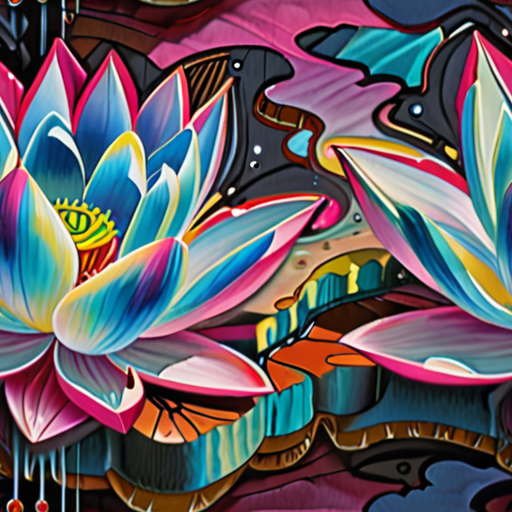
The Four Artistic Processes
As an artist, understanding the fundamental principles of the creative process can greatly enhance your work and overall artistic journey.
- Creating: This process involves generating ideas, exploring materials, and experimenting with different techniques to bring your vision to life.
- Performing/Presenting/Producing: Once you have created your artwork, this process involves sharing it with others through exhibitions, performances, or other means of presentation.
- Responding: This process involves engaging with your audience, receiving feedback, and reflecting on your own work to identify areas for improvement.
- Connecting: This final process involves making connections between your artwork and the world around you, whether through themes, emotions, or cultural contexts.
By mastering these four artistic processes, you can take your art to the next level and develop a deeper understanding of yourself and your place in the world.
Applying the Artistic Processes
So how can you apply these processes to your own artistic journey? Here are a few tips to get you started:
- Set aside dedicated time for brainstorming and idea generation.
-
-
-
-
Conclusion
By embracing the four artistic processes, you can unlock your full potential as an artist and create meaningful, impactful work that resonates with others. Remember to stay curious, keep experimenting, and always seek out new ways to grow and learn.
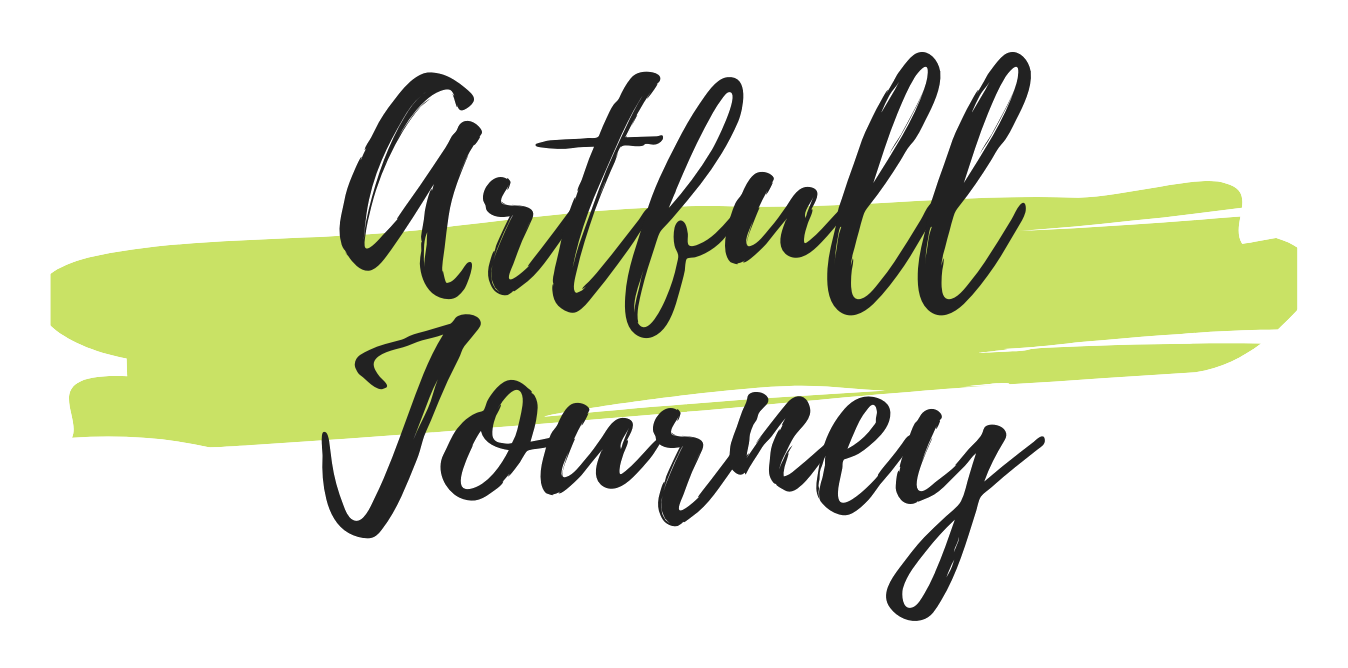
0 Comments